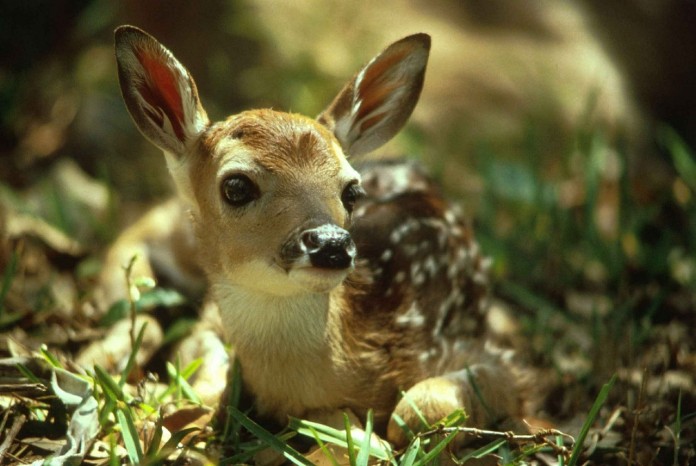It isn’t any secret that Ohio has witnessed record rainfall and flooding this past spring. Even now as we slosh into summer, there has been little relief dealt from the sky. Small talk generally revolves around the weather and this year the topic is frequently the havoc being dealt by the rain.
Extreme weather
I have never been one to complain a lot about the weather but this year I frequently find myself lamenting over the constant rain. Unfortunately, extreme weather is not going away. The National Oceanic and Atmospheric Administration (NOAA) published an article recently showing Ohio as experiencing a 40% increase in heavy rain events since 1901 with another 40% expected in the future.
One of the concerns that keeps cropping up in my mind is the impacts of severe weather to wildlife species recruitment. Hunting, fishing and wildlife viewing pump a lot of money into the economy.
According to the most recent U.S. Fish and Wildlife Service survey on fishing, hunting and wildlife-associated recreation, $156.9 billion were spent on wildlife associated recreation in 2016.
We clearly are investing time and money toward wildlife, so how exactly will all of this record rainfall impact survival of fawns, turkey poults and other wildlife? Is there something we can do to mitigate impacts from extreme weather on the wildlife we are managing for?
High rainfall impacts
Weather, especially extreme weather, has a variety of impacts on wildlife. Some of those impacts can be negative to population recruitment and some even positive.
There is plenty of research correlating low spring temperatures and high amounts of precipitation to higher fawn mortality from factors like pneumonia.
However, the amount of rainfall also impacts the amount of available forage so that in wetter years there might be more food available. Turkey poult survival in very rainy conditions can be pretty dismal.
The “wet hen theory” is believed by biologists to be a possible reason behind increased nest predation in wet years. The thought behind this theory is that a hen that is wet will leave more scent for predators to follow to a nest.
Hens can re-nest, but there is quite a bit of research tying wet springs to low turkey recruitment rates. Even songbird reproduction can be negatively affected by increased rainfall.
The population numbers that we get from year to year for wildlife species come primarily through ODNR. ODNR conducts surveys on certain wildlife populations and some of that data input comes from observations Ohio citizens collect.
In years of odd weather conditions, it could be particularly useful to share wildlife sightings with ODNR as they collect survey data. One such survey is the turkey brood survey which is available online at www.ohiodnr.gov.
Quality habitats
In addition to contributing to population surveys, what else can Ohioans do?
There are certain factors that are important to helping wildlife populations cope with limiting factors like extreme weather. One of those factors includes the availability of quality habitat.
Quality habitat should include food, shelter, water, and enough space for the species being managed for. The particulars of what is required for quality habitat depend on species; however, providing a diversity of plant species and vegetative structure can benefit a whole host of different wildlife.
Some possible ways to make habitat improvements include forest edge improvement through edge feathering, creating herbaceous forest openings, controlling invasive species, planting wind breaks and providing permanent vegetation like fruit trees or warm-season grasses.
Creating cover
Cover is also important for wildlife to survive extreme weather, just as our houses are important shelter to us.
Creating cover can be as easy as creating piles of brush with the largest of materials on the bottom and smallest branches on top. Leaving or creating dead tree snags can help provide cavity areas for birds and some mammals.
Cover can also be provided by planting evergreens and warm-season grasses like switchgrass.
There are many options available to help improve wildlife habitat, and I believe no area is too small. Even an urban space can be enhanced to provide quality habitat for wildlife.
Resources
If you are interested in creating your own quality wildlife habitat, technical assistance is available to help with planning. Some include soil and water conservation districts, ODNR, NRCS, private wildlife management consultants, the Ohio Society of American Foresters and other wildlife organizations.
I hope to see some relief from all of this rain soon and know that weather is fickle. With NOAA forecasting, more frequent extreme precipitation events it seems likely that I may be spending more time participating in weather small talk and thinking about the impacts of our weather on wildlife.













